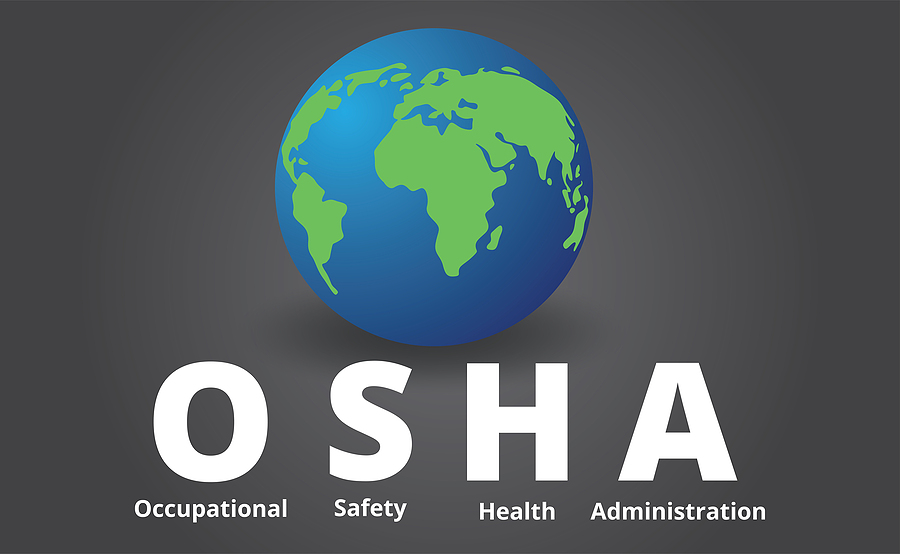Essential OSHA Regulations Every Construction Worker Must Know

OSHA laws are essential in looking after the well-being of construction site personnel. While some companies may not pay much attention to the employees’ safety, OSHA is out to ensure accountability for such firms and save many lives which could have been saved.
This article examines some of OSHA’s main rules and why they matter for worker safety within construction.
What is OSHA and Why Was it Created?
OSHA (Occupational Safety and Health Administration) was created as a federal agency in 1971 to implement work place safety legislations. The mission of OSHA is to ensure that all employees regardless of industry are protected from job hazards so that they can work in the safest environment possible.
Historically, there were no occupational health regulations because most companies did not regard their workers’ welfare as important. There were electrical dangers; falls; and exposure to chemicals that were toxic; among others which workers had to be exposed to avoidably. In too many cases, profits came before people did.
For instance, millions of American laborers died or became ill due to unprotected asbestos exposure during the early 20th century. Asbestos producers knew it was lethal but concealed this fact to protect their economic well-being. After its establishment, OSHA put strict regulations on asbestos use with severe punishment for employers who needlessly exposed their staff.
OSHA Fall Protection Standards
Falls remain the leading cause of construction worker deaths, so fall prevention is a major focus of OSHA policy. Specifically, OSHA’s fall protection standards mandate that:
- For work 6 feet or more above lower levels, employers must provide fall protection. This means proper guardrails, safety nets, or a personal fall arrest system.
- Ladders must be in safe working condition and used correctly. Workers should receive training on ladder safety.
- Floor holes must be covered or guarded. Wall openings also need protection.
- Safety training is legally required for all workers exposed to fall risks.
Why OSHA Prioritizes Scaffolding Safety
Working on scaffolding, another major source of fatal falls is also addressed in depth by OSHA regulations. Requirements include:
- Scaffolds must be designed by a qualified person and built correctly with quality materials.
- Scaffolds over 125 feet in height require drawings from a professional engineer.
- Guardrails, midrails, and toeboards must be installed to prevent falls.
- Workers have to be trained to recognize scaffold hazards and use fall protection.
- Before each work shift, scaffolds must be inspected by a competent person.
OSHA Electrical Standards Prevent Lethal Shocks
Preventing electrocutions and electrical burns is another area OSHA targets to improve construction safety. OSHA electrical regulations mandate that:
- Electrical equipment and tools must be maintained in safe working order. Damaged or defective items must be repaired or replaced.
- Live parts of equipment must be de-energized before work is done unless de-energizing introduces additional hazards.
- Sufficient, safe clearance must be provided around electric equipment.
- Proper PPE, like insulated gloves and mats, must be used by workers.
- Employees exposed to electrical risks get regular training.
Consequences for Violating OSHA Regulations
When OSHA finds an employer violated regulations, substantial civil or criminal penalties can be imposed. Fines can reach $136,532 per violation. Willful, repeated violations that cause worker deaths may result in criminal charges and major fines or jail time.
However, the biggest consequence is the grave harm that can befall workers if companies flout the rules. OSHA standards exist to prevent workplace injuries, illnesses, and fatalities. Enforcement is about saving lives and preventing needless suffering.
Conclusion
OSHA regulations apply to risks such as falls, dangers of electricity, confined spaces, and heavy machinery which constantly endanger construction workers. That is why it is important to both employers and employees in understanding the major rules that are involved in their fields.
By abiding by OSHA standards, identifying risks’ signs and rejecting unsafe duties, individuals are taking care of themselves along with other employees. Familiarizing yourself with your rights and obligations guarantees you go through this process safe daily.
